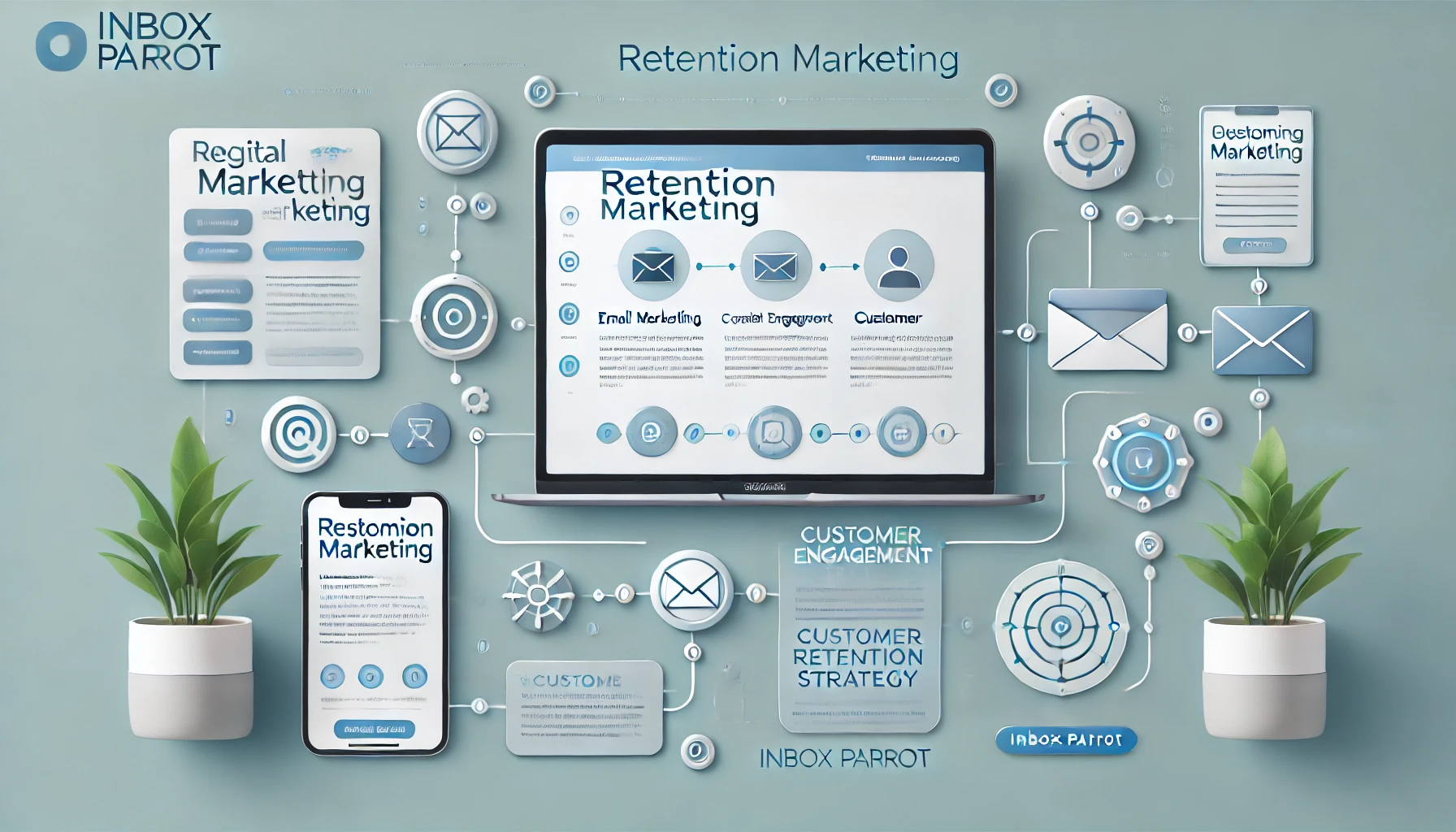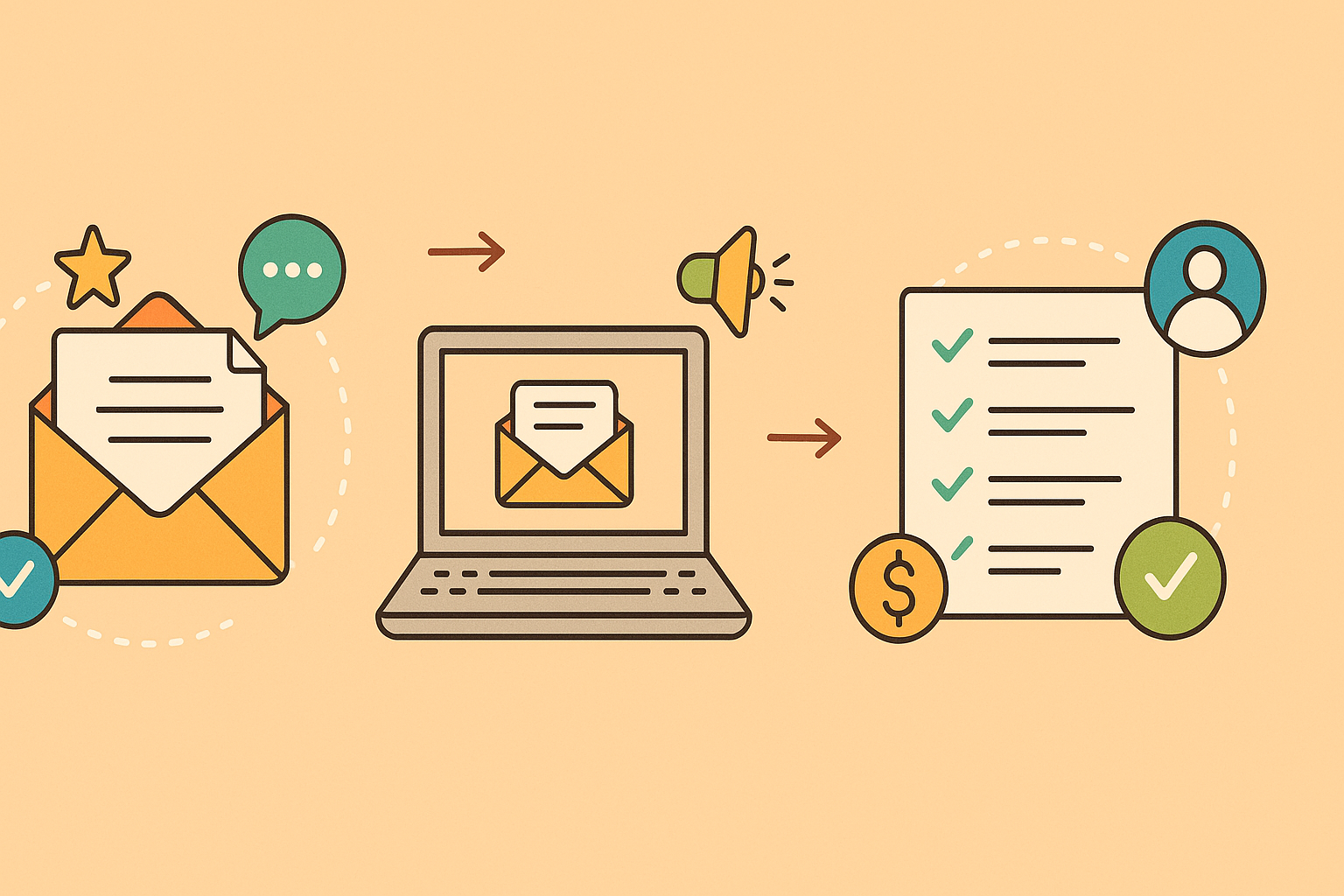Email marketing is one of the most effective digital marketing strategies for businesses of all sizes. It allows direct communication with customers, drives engagement, and increases conversions. Whether you’re new to email marketing or looking to refine your strategy, this guide will help you get started and succeed.
What is Email Marketing?
Email marketing is the process of sending emails to prospects and customers with the goal of building relationships, nurturing leads, and driving sales. It includes promotional emails, newsletters, transactional emails, and automated campaigns. You may look at visual examples on Stripo to see how well-designed emails can enhance engagement.
Benefits of Email Marketing
- Cost-Effective: High ROI compared to other marketing channels.
- Personalized Communication: Segmenting your audience allows for tailored messaging.
- Automation Capabilities: Tools like SendPulse, Mailchimp, and HubSpot automate email workflows.
- Data-Driven Insights: Track open rates, click-through rates, and conversions.
Step 1: Build Your Email List
Your email list is the foundation of a successful email marketing campaign. Whether you’re starting from scratch or already have an existing customer base, here’s how to grow and engage your audience effectively:
If You’re Building from Scratch:
- Create Sign-Up Forms: Place opt-in forms on your website, blog, and social media.
- Offer Incentives: Provide free ebooks, discounts, or exclusive content in exchange for an email.
- Use Lead Magnets: Run contests, quizzes, or gated content to capture leads.
- Comply with GDPR & CAN-SPAM: Ensure users explicitly opt-in to receive emails.
If You Already Have Customers:
- Engage Your Existing Customer Base: Start by reaching out to past and current customers via email.
- Leverage Purchase History: Send personalized recommendations and exclusive deals based on previous interactions.
- Reactivate Dormant Customers: Use win-back campaigns to re-engage customers who haven’t interacted with your business recently.
- Encourage Referrals: Ask satisfied customers to refer friends in exchange for discounts or rewards.
Step 2: Choose the Right Email Marketing Platform
A good email marketing tool helps automate campaigns and track performance. Popular options include:
- ActiveCampaign – Advanced automation, CRM, and segmentation features.
- SendPulse – Multi-channel marketing automation, AI-powered personalization.
- Moosend – Affordable email automation with strong analytics.
- MailerLite – Simple and cost-effective for small businesses.
- Stripo – Email design tool for professional templates and branding.
Step 3: Craft Compelling Email Content
Your emails should be engaging, valuable, and actionable.
- Subject Line: Keep it short and enticing (e.g., “Exclusive Offer Inside!”).
- Personalization: Use the recipient’s name and tailor content to their interests.
- Call to Action (CTA): Clearly direct users to take action (e.g., “Get Your Discount Now”).
Step 4: Automate and Optimize Your Campaigns
Email automation allows you to send the right message at the right time.
- Welcome Emails: Greet new subscribers with an introduction to your brand.
- Drip Campaigns: Send a sequence of emails to nurture leads.
- Abandoned Cart Emails: Remind customers to complete their purchase.
Step 5: Analyze and Improve Performance
Track important metrics to refine your email marketing strategy:
- Open Rate: Percentage of recipients who open your email.
- Click-Through Rate (CTR): How many users clicked on links within the email.
- Conversion Rate: The number of recipients who completed a desired action.
Email marketing remains one of the most powerful tools for customer engagement and sales. By building a strong email list, crafting compelling messages, and leveraging automation, you can maximize your marketing impact.
🚀 Start optimizing your email marketing today and drive better results!


